Previously, the life of Muong Khuong people was full of difficulties due to little agricultural land, mainly high rocky mountains, drought, lack of water; fragmented production, self-sufficiency so low output, high cost.
To eliminate poverty, Muong Khuong has implemented many solutions to exploit local potential and advantages, contributing to stabilizing life and increasing income for ethnic minorities.
Up to now, the district has developed large-scale concentrated commodity production areas associated with product consumption linkages along value chains such as: tea areas, pineapple areas, banana areas, tangerine areas, etc.
These commodity production areas have brought a stable source of income, helping people escape poverty sustainably and become rich on their homeland. The family of Lo Din Phu, in Lao Chai village, Muong Khuong town, has received preferential loans and guidance on farming techniques from district agricultural extension officers and local authorities.
His family has converted the traditional corn and bean growing area to grow more than 2,000 sweet tangerine trees. Last season, his family harvested more than 30 tons of fruit, earning about 400 million VND after deducting expenses.
He shared: “Previously, I grew sweet tangerines, but they were fragmented and small-scale, so the productivity and output were not high; consumption was difficult. Since growing tangerines in the direction of concentrated commodity production, applying scientific and technical advances in cultivation, productivity has increased, the tangerines are more beautiful, sweeter, bringing a stable income for the family.”
In Pac Bo, Na Loc, Coc Phuong villages in Ban Lau border commune, many pineapple gardens are in fruit season. Previously, most people in this border area only grew corn and beans. The hot climate, little rain, and lack of irrigation water led to low productivity and difficult lives for the people.
After being mobilized by district and commune officials, people switched to growing pineapples for export on a concentrated scale, applying agricultural extension techniques to cultivation from seeding to care and harvesting, with significantly increased efficiency... Mr. Thao Din's family in Coc Phuong village is a typical example of escaping poverty and becoming rich thanks to growing pineapples on a large area and taking proper care.
On average, each year, Mr. Thao Din's family grows 200,000-400,000 pineapple trees, harvesting hundreds of tons of fruit, selling to the market and exporting. Ban Lau commune has now become the "capital" of high-quality pineapples of the district and province, with more than 848 hectares of pineapples being harvested, yielding 26 tons/ha, total output of more than 22,000 tons of fruit, supplying the Muong Khuong export fruit and vegetable processing factory and the provinces of Bac Giang , Ninh Binh, Thanh Hoa...
Thanks to the income, people's lives have gradually improved, houses have been built solidly, with full living facilities, children have been educated and well cared for, and social evils have not occurred. With the advantage of temperate climate, Lung Khau Nhin commune focuses on developing the endemic San Tuyet tea tree.
Nam Do village has 72 households, 100% of whom are Dao ethnic people. For many years, people mainly grew corn and rice; recently, implementing the policy of the local government, Nam Do village has promoted the restructuring of crops and livestock, focusing on expanding the area of commercial tea cultivation.
According to Mr. Dang Cong Huan, Chairman of Lung Khau Nhin Commune People's Committee, after about 10 years of agricultural development in the direction of commodities, the whole commune has more than 400 hectares of tea trees, with 484/684 households in the commune participating. Many households have escaped poverty and become rich from this crop, the poverty reduction rate of the commune has decreased by an average of 10%/year.
Muong Khuong District Party Secretary Giang Seo Van said: Up to now, the district has clearly formed tea and fruit growing areas, cultivated according to VietGAP technical process, with large output to supply the domestic market and export. The whole district currently has 5,900 hectares of tea, 1,700 hectares of pineapple and more than 800 hectares of tangerine and many other agricultural crops.
The total area of key crops and potential of the district reaches more than 12 thousand hectares, the value of key products reaches more than 1,300 billion VND, accounting for nearly 70% of the total value of agricultural production of the whole district; attracting about 9,000 local workers to work directly and indirectly in the agricultural sector. Currently, the district has five processing factories, including three tea factories and one fruit and vegetable processing factory.
It is expected that in 2025, two more tea factories will be invested in and built in the district. “In the coming time, Muong Khuong district will continue to consolidate and expand the area of agricultural crops, focusing on processing and promoting and marketing products to both stabilize consumption and increase income for people...”, Secretary Giang Seo Van affirmed.
Source: https://nhandan.vn/mua-no-am-tren-vung-cao-bien-gioi-muong-khuong-post874472.html








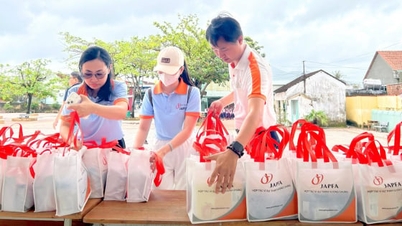

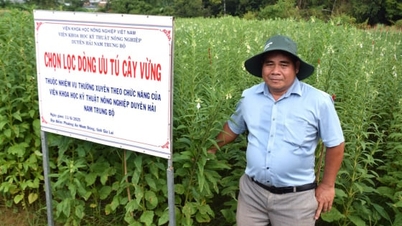
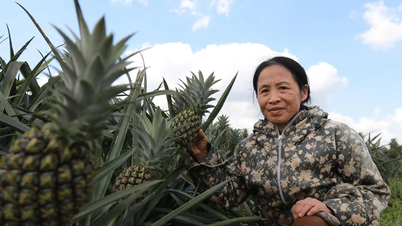

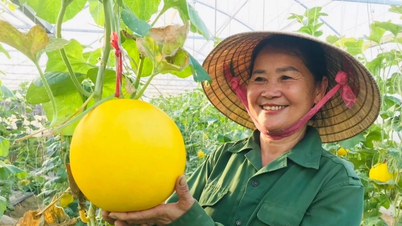

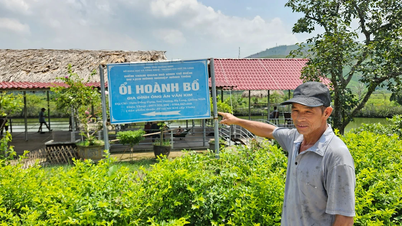





![[Video] “Happy Vietnam 2025” Award: Contributing more beautiful slices of a humane and culturally rich country](https://vphoto.vietnam.vn/thumb/402x226/vietnam/resource/IMAGE/2025/12/07/1765120096965_gen-h-z7302026251876-0c4feb61bdc05ac1e4a8af98b1ba524c-701-jpg.webp)






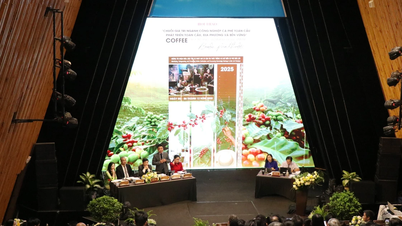




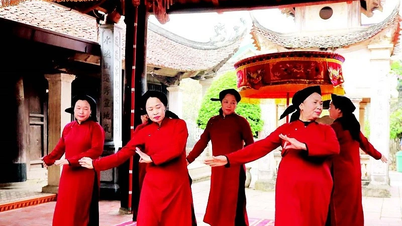
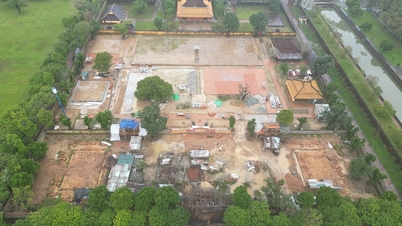


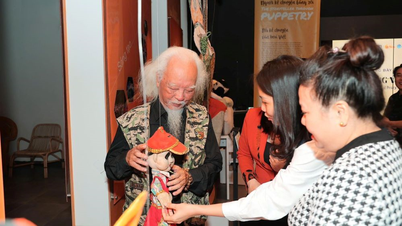

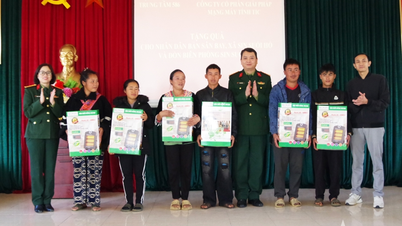









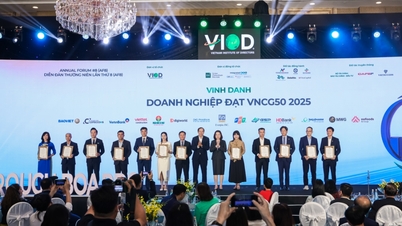







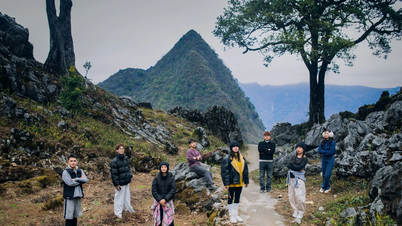





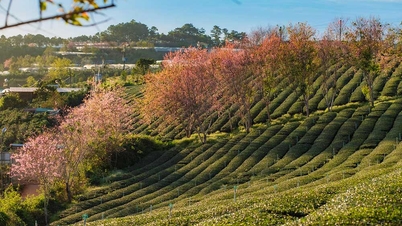





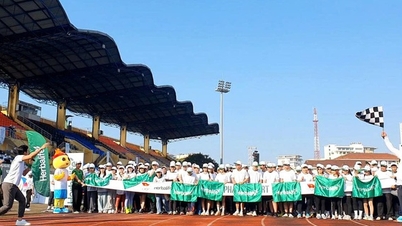





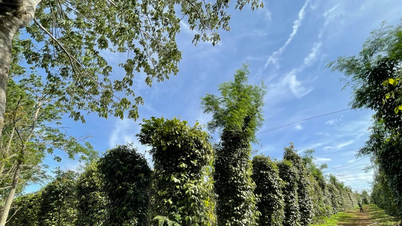



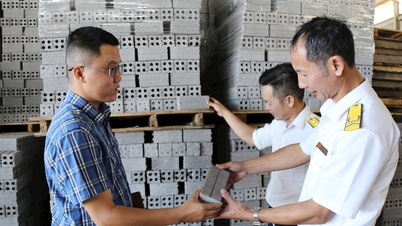



















Comment (0)